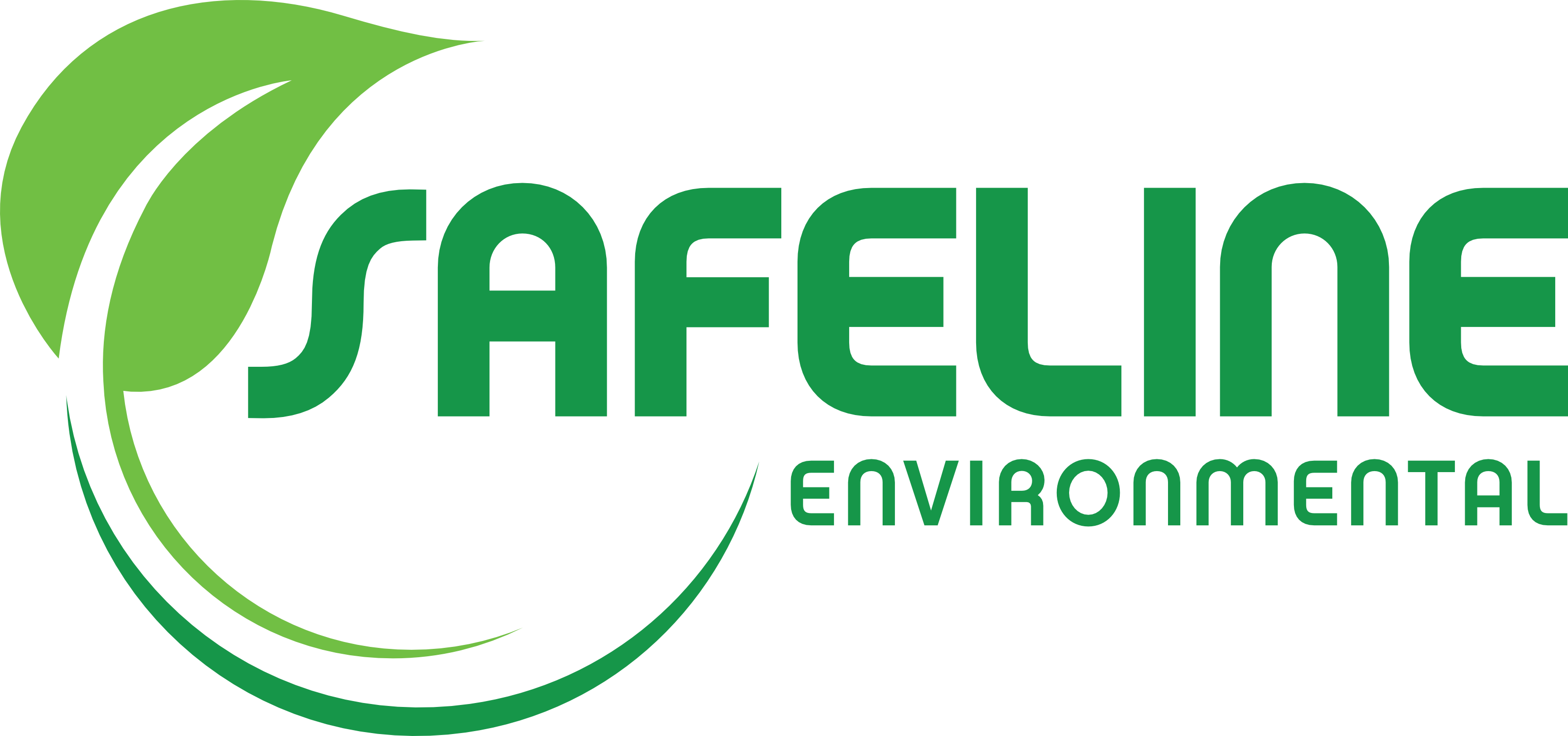Where is Asbestos Found?
Asbestos is sadly a part of everyday life for building trade workers and those whose jobs are closely related to working with properties. Although asbestos was banned as long ago as 1999, the material is of course prevalent in buildings and products from before this time.
We are often asked, “where is asbestos found?” There is no single answer, the prevalence of asbestos varies considerably from one property to another. We provide some detailed answers in this comprehensive guide.
Why is asbestos dangerous?
In a nutshell, asbestos is relatively safe if left undisturbed. Once disturbed though (e.g., through building renovations or demolition) microscopic asbestos fibres are released which can get lodged in people’s lungs. Once in the lungs asbestos contamination causes four main diseases. These are asbestosis, lung cancer, mesothelioma, and pleural thickening.
For more detailed information on this topic, read our article “What is asbestos and why is it so dangerous?”
Asbestos is frequently found in corrugated roofing
Image Source: https://www.safeline-environmental.co.uk/wp-content/uploads/2018/11/asbestos-school.png
Areas in a property where asbestos can typically be found
Asbestos rarely consists of solid blocks. Instead, asbestos exists as asbestos-contaminated materials (ACMs), i.e., as an additive to other materials. Examples of where to find asbestos in properties are:
- AIB (asbestos insulating board) – this can be found in many places throughout a property including boiler protection, fire doors, partitions, soffits, and tiles
- Asbestos cement – this arises when asbestos is added to regular cement. Added for extra insulation qualities the asbestos content is most usually around 10-15% of the total cement volume. The hardened asbestos cement is frequently used on corrugated roofing (especially used in farms and garages), drain pipes, flues, guttering, water tanks and numerous other products
- Loose fill insulation
- Sprayed coatings – containing up to 85% asbestos and most often white or grey asbestos coating for insulation was widely applied to beams, ceilings, panelling, roofing sheets, and more
- Rope seals and gaskets
- Textiles – a range of applications including fire blankets, flash guards in fuse boxes, etc.,
- Textured decorations – for example, Artex and a range of decorative coatings
- Tiles – a variety of tiles including for floor, walls, and asbestos ceiling tiles
and - Toilets and cisterns
Asbestos cement within a ceiling
Products containing asbestos
Although products manufactured today should not contain asbestos there are areas of the world, which still use asbestos in manufacturing. It is illegal to import products containing asbestos into the UK, be careful when using the following products to buy from an ethical source (N.B. if buying UK/EU products manufactured today it is almost 100% certain they will not contain asbestos):
- Adhesives – asbestos has been added to pastes and adhesives
- Automotive products – brake pads, clutches, gaskets, etc.,
- Protective clothing – particularly to prevent heat, e.g., firefighter suits, oven gloves
- Rope – primarily due to its fire-retardant qualities asbestos was historically added in rope manufacturing and
- Talcum powder – some talcum powder has been found to contain asbestos
Fuse box flash guards are a known asbestos contaminant
Related asbestos services from Safeline Environmental
To find asbestos on your property our related services are:
- Asbestos surveys and sampling – the majority of customers suspect but do not absolutely know that they have an asbestos contamination issue. Buy Safeline Environmental’s survey and sampling services to check materials for asbestos contamination and
- Asbestos audits – if you need help finding asbestos, buy our asbestos assessment service, which most companies in the industry call an “asbestos audit”. Safeline Environmental check for asbestos through our comprehensive audits for individual properties or all properties of a private individual or business/governmental customer
As well as finding, identifying, and sampling materials to see if they are ACMs, we can also support all subsequent professional asbestos management work. This includes the creation of an asbestos management plan, asbestos encapsulation, asbestos removal, asbestos waste collection and disposal as well as providing staff asbestos awareness training to increase awareness of asbestos-related issues in properties.
Related articles and further reading
We also recommend reading the following two articles relating to this topic:
- What is meant by ACMs in relation to asbestos?
- Where can you find asbestos? – a very useful guide from the HSE, which we have used as a valuable source in the production of this article
Safeline Environmental – professional asbestos management specialists
Rely on Safeline Environmental for all your asbestos management needs. If you suspect you have asbestos contamination on your property, do not hesitate to contact us in the following ways:
- Telephone - 01299 251083
- Email – send emails to info@safeline-env.co.uk and
- Contact Form – complete our form at this link
Image Credit: Sarflondondunc and Sarflondondunc

